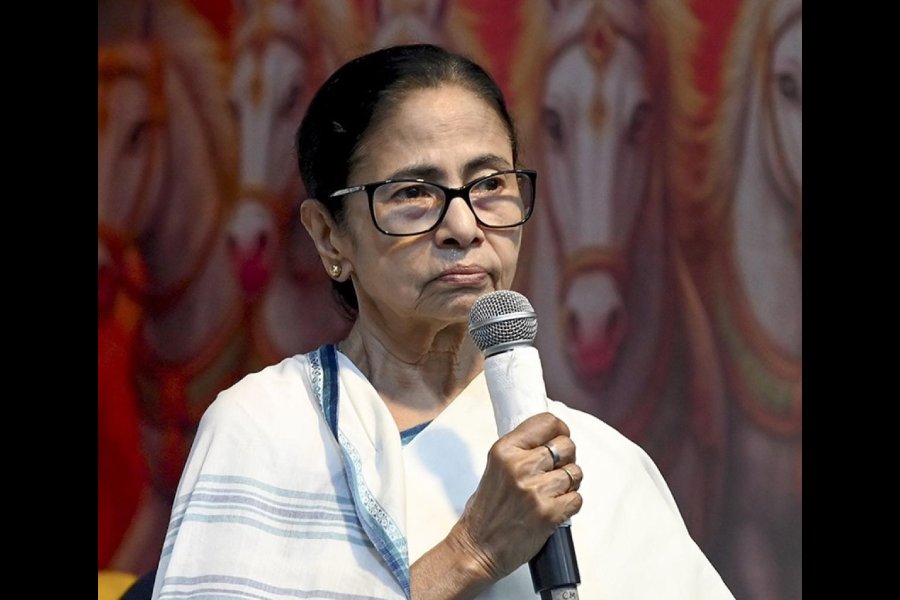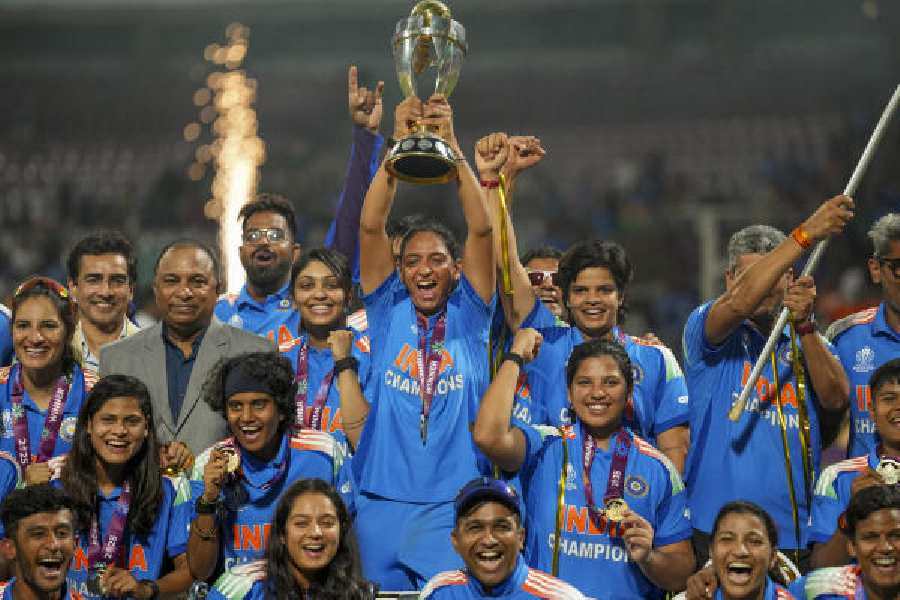Isn’t it terrible? X wants a divorce; he’s left his wife. Poor thing, how will she manage?” The lady discussing this couple’s marital problems was in her late fifties. She shook her head at us 30-somethings, “I don’t know what it is with your generation ? so many marriages end in divorce.”
That evening, the same couple’s situation was touched on in another drawing room; most of us were in our thirties and forties. “Once the dust settles, they’ll be much happier.” “Well, Y said they’ve worked out the finances, and they’re sorting out the kids thing.” “Their son is at my daughter’s school ? so many of the kids have parents who have separated, he seems to be ok with it.”
Divorce just isn’t what it used to be. At one time, divorces were uncommon. Both husband and wife faced tremendous pressure to “adjust” and some censure if they couldn’t. But that era already seems to be part of a medieval past.
For my generation, it’s almost a three-way split: one-third of your friends will be single, one-third married or in long-term relationships, and one-third divorced. It’s become just another life event with its own set of unspoken rules. Couples who divorce amicably can safely be invited to parties together, couples who have kids are expected to co-operate on parenting issues.
Traditionalists view the rise in divorce rates with alarm ? to many, it’s a sign of lax family values, of westernisation, of the demise of the joint family. Some see it as the malaise of a generation for whom everything is disposable. But then, the only two reasons that “justified” a divorce in the past were violence and adultery. Even here, women were under pressure to overlook their partner’s transgressions (the assumption was that only the male would stray), or to suffer violence silently. “Adjusting” to the first caused tremendous psychic damage; as the newspapers still testify, “adjusting” to violence in the home is frequently fatal for women.
But for many women today, despite the inevitable sadness of ending a relationship, divorce is a reflection of independence. “If you’re not dependent on your husband and you’re not afraid of living alone, why stay in a marriage that’s gone sour?” a recently divorced friend says. Her marriage brought her great happiness for several years; but she and her husband grew apart in too many ways. “It’s about saying, well, this isn’t working for either of us, and being adult enough to accept that something has changed.”
For another friend, her financial independence was the problem. “Some Indian families still assume that the wife’s job is less important, or that her salary is family property,” she told me. Her former husband’s family saw her earnings as a kind of dowry-by-instalment. “Getting divorced was about reclaiming my life,” she says. “Men have to understand the new deal. I wasn’t happy just being not dependent; I wanted them to recognise that I was independent.”
Divorce was not an option open to most women until fairly recently. Now, however painful it might be to end a relationship, at least women are increasingly free to exercise that choice.











